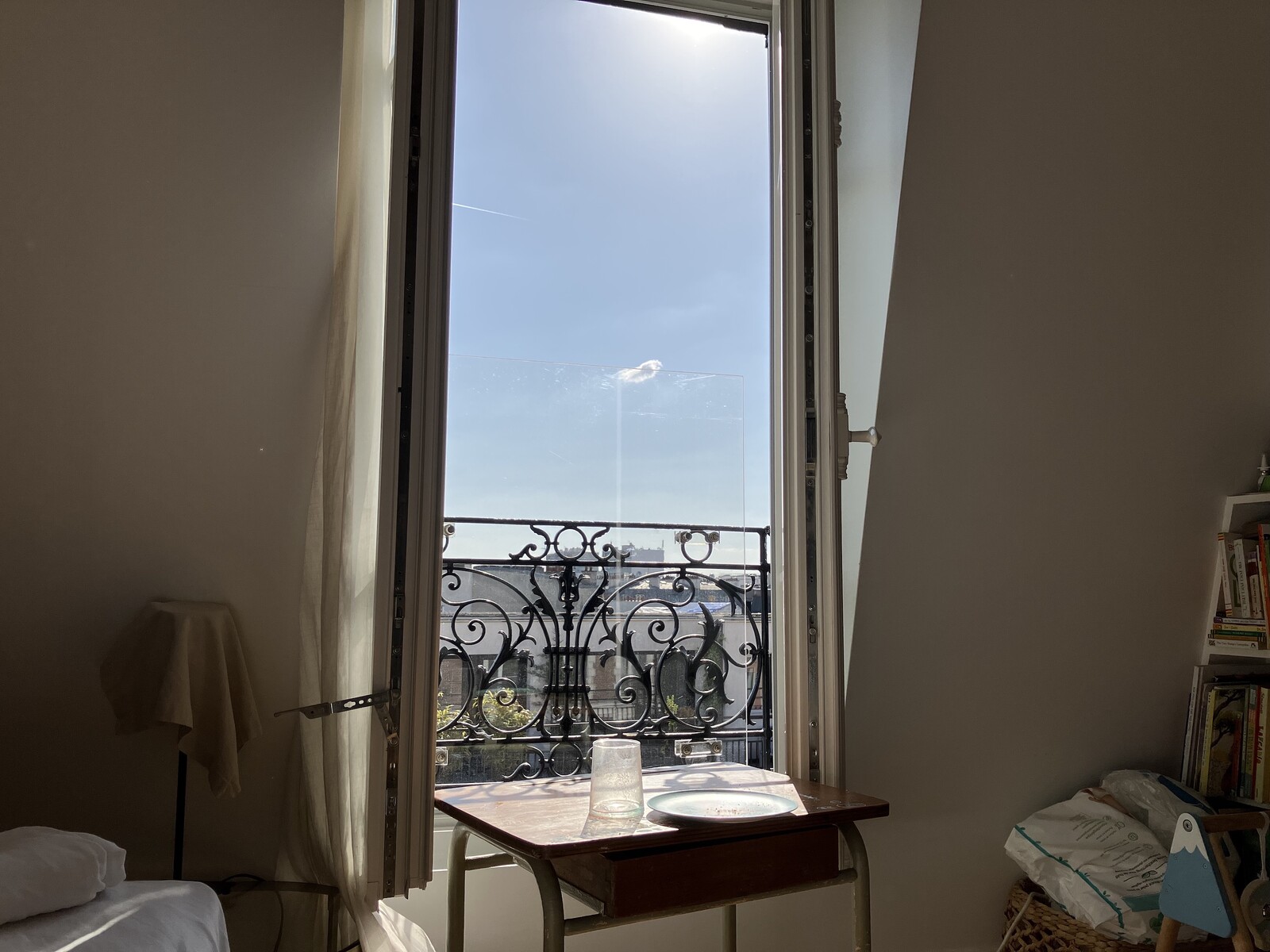In an essay to be published this month, Thea Ballard interrogates the curatorial and critical cliche that works of art help us to “imagine other worlds” to “presumably utopian social effect.” Not only did this force the editors to skim through past editorials to check whether we had succumbed to the same truism (no comment), but it set us to thinking again about the relationship between the “worlds” constructed through art and those in which we live.
One implication of the critique is that allowing art the freedom to imagine new realities might relieve it of the duty to engage with the existing ones. That curators (and critics) unthinkingly encourage an attitude towards “high” cultural production that is essentially one of wish fulfilment: art as imaginative escape from the very real structural injustices, climate catastrophes, and rising authoritarianism that are shaping our societies. The danger is that art comes to serve a blander version of the cathartic function that Aristotle ascribed to theater: we go to the museum to participate in a symbolic world in which justice is served, only to return to our daily lives purged of any revolutionary feeling.
The obvious rejoinder is that we must first imagine other worlds before we can summon them into being. But it is hard to ignore the relative lack of material evidence to support this claim, about a century and a half after the much-vaunted liberation of western art from the networks of patronage that had previously constrained its radical impulses. In his forthcoming review of a group show of diagrammatic works at Marlborough Gallery, Paul Stephens cites David Joselit’s claim in relation to Dada that “the diagram constitutes an embodied utopianism,” a means of escaping—perhaps even collapsing—the structures of desire in a capitalist culture. So, what does it mean for the exhibition to be hosted by a commercial gallery that must participate in those same structures of desire?
To dismiss this as hypocrisy might be lazily to reassert the separation of life from art that the same curators and critics are liable to insist, in the manner of having their cake and eating it, that we demolish. It might be more productive of tangible change to address the points at which these realities meet and rub up against each other. Ballard is writing about Jacqueline Humbert and David Rosenboom’s Daytime Viewing (1979–80), a performance that reproduces in order to expose the wish fulfilments of daytime television. One takeaway is that we enter different imaginative worlds all the time—whenever we turn on the television, browse the internet, doom-scroll through our feeds—and that even the inanest sitcoms express visions of utopia that are related to the forms of violence that organize the societies in which we live. If any structure is to be collapsed, it might be the idea that any of these “worlds” can be considered independently of any other.
Rather than a separate realm, a work of art might establish one of the many intersecting realities that constitute our experience. If that sounds a little opaque, then consider one practical implication of acknowledging those overlaps: even the most utopian exhibition would be licensed to be explicit about the less-than-utopian conditions that made possible its realization. And these compromises would neither be automatically overruled by the capacity of art to transcend its contexts nor automatically constitute a betrayal of the expressed hopes and ideals. Instead, it might be possible to argue openly over where these various worlds can legitimately if not always comfortably co-exist and where they are fundamentally incompatible, to do away with the idea that care or solidarity are best expressed through email signatures or slogans and, on the flipside, that any sincere expression of either is rendered meaningless by the corruption of the world. To give a platform to those debates is one purpose, of course, of a publication devoted to art criticism. The hope is that they might come to effect, by degrees and through disagreement, the changes that are needed.
Each month, to accompany the editors’ letter, we publish a photograph from an artist’s place of work. This month we feature Jacob Bromberg, whose work expands the locations and forms of poetry. He has recently published in or exhibited at the Louvre, Brooklyn Rail, the Paris Review, and Yvon Lambert Bookshop. He is currently at work on a new collection of poems and a number of video and installation pieces.
